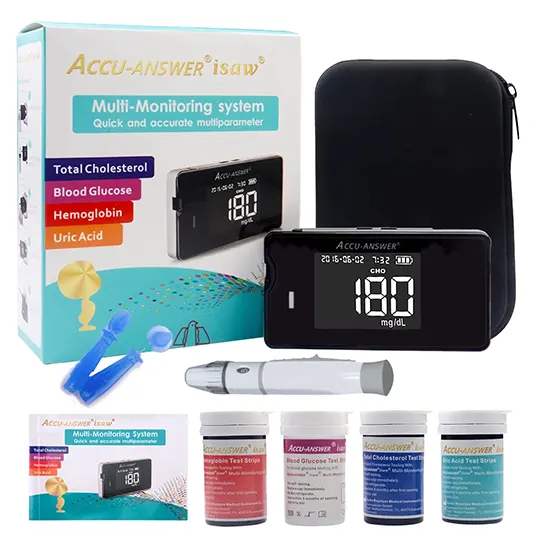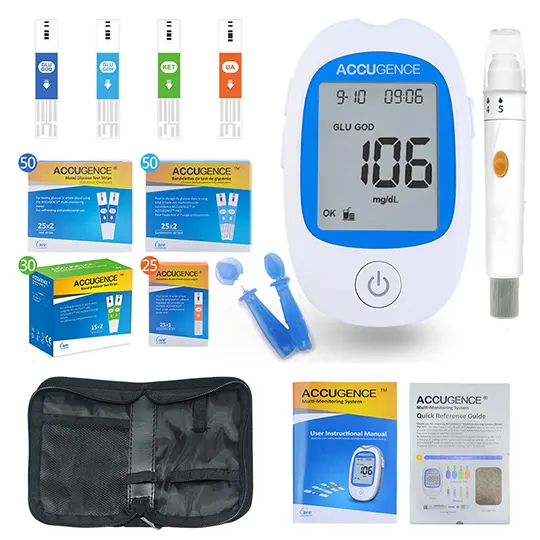Dosing and uses of Bepreve (bepotastine)
Adult dosage forms and strengths
ophthalmic solution
- 1.5% (10mL)
Allergic Conjunctivitis
Instill 1 gtt into affected eye(s) BId
Pediatric dosage forms and strengths
ophthalmic solution
- 1.5% (10mL)
Allergic Conjunctivitis
<2 years old: Safety & efficacy not established
>2 years old: Administer as in adults; instill 1 gtt into affected eye(s) BId
Bepreve (bepotastine) adverse (side) effects
>10%
Mild taste disturbance
1-10%
Ocular irritation
Headache
Nasopharyngitis
Postmarketing Reports
Hypersensitivity reactions, including itching, body rash, and swelling lips, tongue and/or throat
Warnings
Contraindications
Hypersensitivity
Cautions
Remove contact lenses prior to instillation
Store at room temp; protect from light & excessive heat
To prevent contamination do not touch dropper tip to any surface
Keep bottle tightly closed when not in use
Pregnancy and lactation
Pregnancy category: C
Lactation: excretion in milk unknown; use with caution
Pregnancy categories
A: Generally acceptable. Controlled studies in pregnant women show no evidence of fetal risk.
B: May be acceptable. Either animal studies show no risk but human studies not available or animal studies showed minor risks and human studies done and showed no risk.
C: Use with caution if benefits outweigh risks. Animal studies show risk and human studies not available or neither animal nor human studies done.
D: Use in LIFE-THREATENING emergencies when no safer drug available. Positive evidence of human fetal risk.
X: Do not use in pregnancy. Risks involved outweigh potential benefits. Safer alternatives exist.
NA: Information not available.
Pharmacology of Bepreve (bepotastine)
Cmax: 5.1-7.3 ng/mL
Absorption: Minimal systemic absorption
Protein Bound: 55%
Metabolism: Minimally metabolized by CYP450 isozymes
Excretion: urine (75-90% excreted unchanged)
Mechanism of action
Topical H1 receptor antagonist; inhibits histamine release from mast cells



